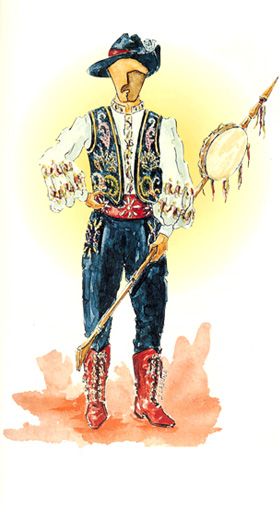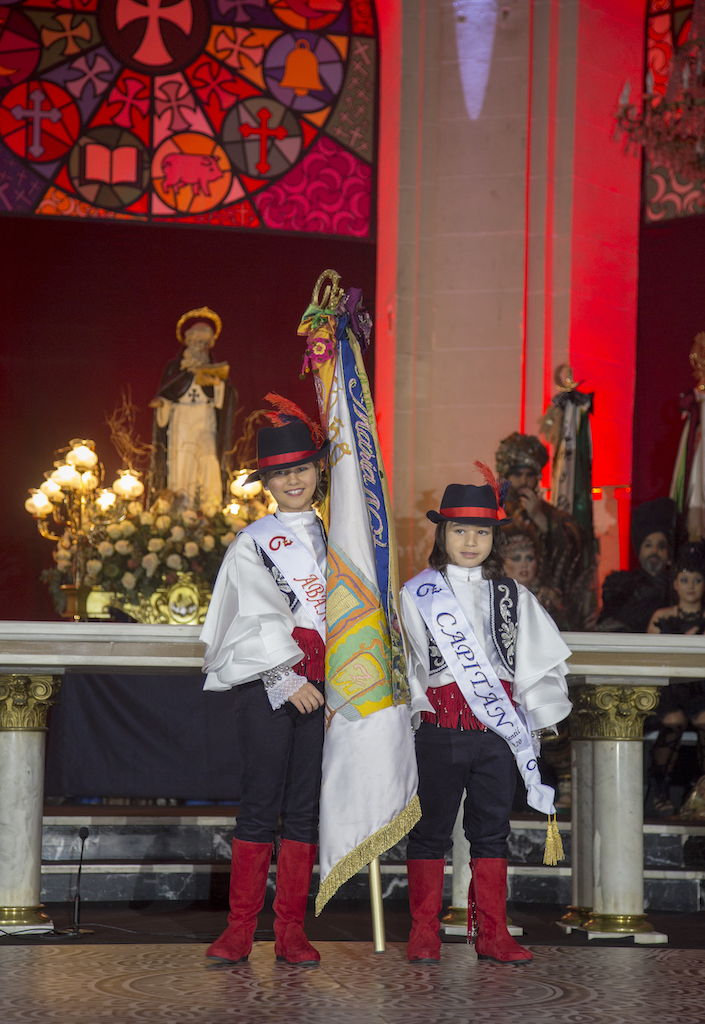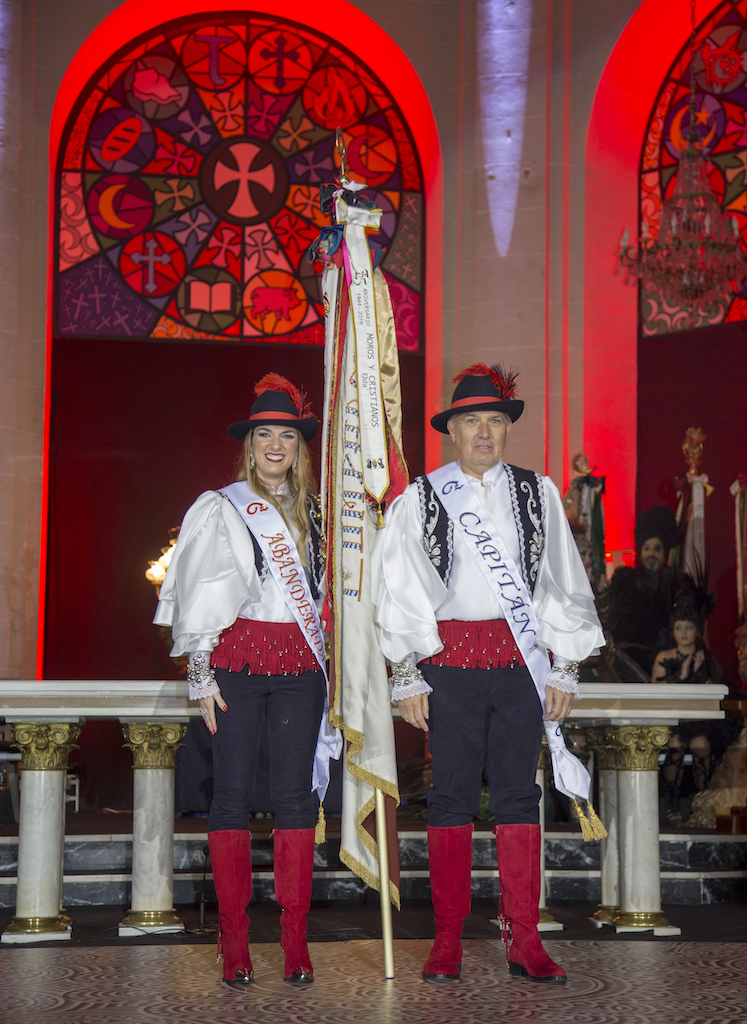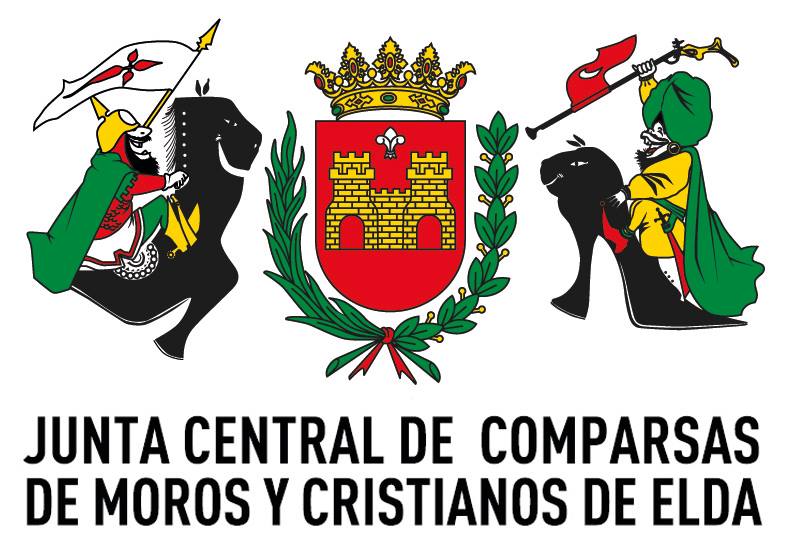The origin of the Comparsa de Zíngaros dates back to 1948, when the Moors and Christians festivities had already been going on for three years, coinciding in time with the change of dates from January to the end of May or the beginning of June. This important change in dates, encouraged a group of young people to take the initiative to create what is now our comparsa, La Comparsa de Zíngaros de Elda.
The source of inspiration was found in the vestibule of the Castelar Theatre, where the posters of the film “A Couple of Gypsies” were placed, not of “Fray Diábolo” as many people believe and whose main stars were the American actor Oliver Hardy and the English actor Stan Laurel better known as the great comic duo of “el Gordo y el Flaco”. The protagonists wore normal costumes, but the rest of the actors wore costumes inspired by the nomadic peoples of central Europe, whose advertising poster showed a splendid gypsy and a wagon that seemed to be the product of a fantastic dream. They all liked the idea and decided that this would be their Comparsa.

The first serious stumbling block was when they presented the idea to the Central Board of Comparsas to get their approval. For two years, this Board had received proposals for all tastes, some of which did not come to fruition, but the Zíngars were determined to go ahead. Some of the members of the Board were against it, as there was nothing similar in other festivals and they had no point of reference about whether to accept it or not. On the other hand, others found the idea attractive and bet on it.
With the posters of the film they went to Alicante, to the workshop of Tomás Valcárcel, to make designs and accessories.
Once they had obtained the costume with which to parade, they prepared to do the same with the wagon, which for years would be inseparable from the group to the delight of the children. They used a wagon whose top box was changed for another one inspired by the gypsy wagons they had seen in the movies and used by these ethnic groups to move around on their endless journeys.
In January 1948, coinciding with the feast of St. Anthony, the flag was blessed and that same year, they set out to make their debut, in their first parade, with the first 25 Gypsy festival goers accompanied by Petrer’s band. With them would come an unmistakable sound and already inseparable from the Moors and Christians Festival of Elda, the bells.
The first little barracks located next to the Eldense Casino, allowed us to see the musical piece “Alma de Dios” played by a violinist from the orchestra that entertained the parties. Later on, lyrics were added to that piece, becoming our “Alma Zíngara”
The atmosphere of fun, which was already breathed in this Comparsa, excited young and old, encouraging the growth of comparsistas. In the eagerness of some members of the squads to be closer to the music, they began to move forward or backward and, almost imperceptibly, a special and characteristic form of parade was born, the Mogollón.
The Comparsa has been growing in components, in joy and in showiness, evolving and adapting to new times, incorporating to the already existing blocks of Mogollón and Escuadra, those of Escuadrón, Bloque de Retreta and its musical group, the Fanfarria Zíngara.
On January 11, 2003 the “Zeta” was inaugurated, at present the official seat of our Comparsa. Until this moment we had not had a stable headquarters, honoring our inherited nomadic character, as it is reflected in the logo that is under the great skylight of its main hall:
“Never a wandering heart
had a house to live in.
Gypsy of a thousand ways,
within these noble walls
you’ll be able to stop your step and,
to the sound of joyful violins,
singing, dancing and laughing.”




